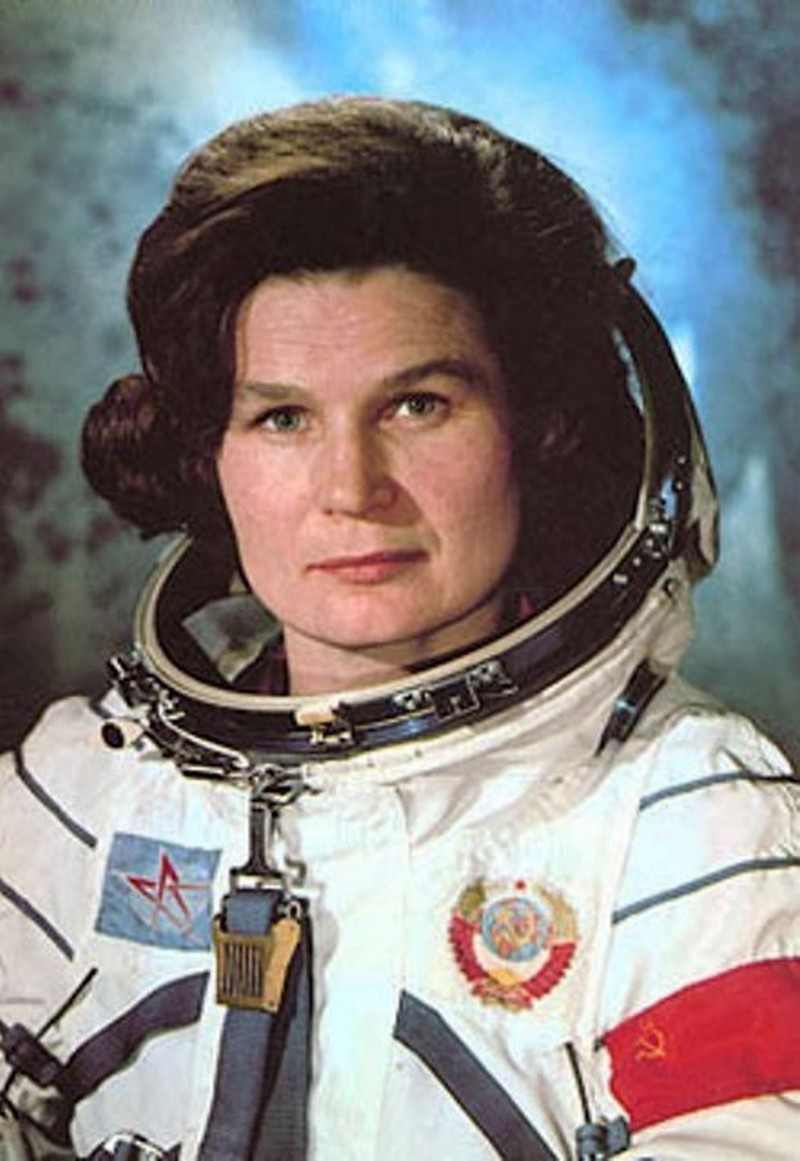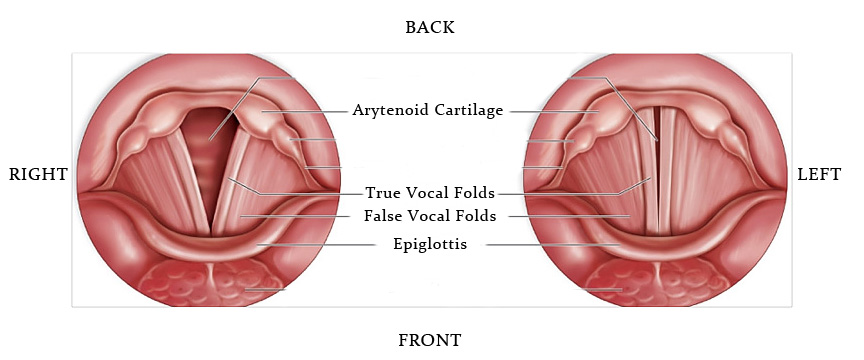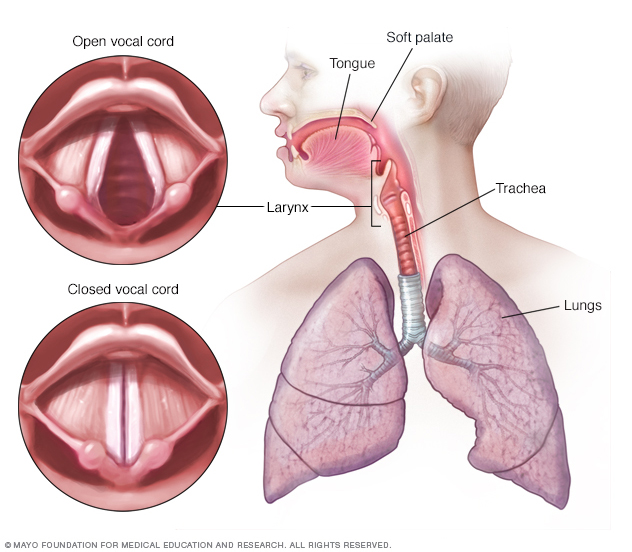This is Valentina Tereshkova, originally a textile worker from the ancient of town of Yaroslavl, also known as the Hero of the Soviet Union. She is currently 80 years old, and was the first woman to travel into space with Vostok 6 mission, during June 13, 1963. Valentina was born on March 6, 1937 in Soviet Russia. In 1953 Valentina attended and graduated with distinction from Zhukovsky Military Air Academy. When she was 22, she was very interested in parachute jumping, a skill that prepared her for the cosmonaut (Russian Astronaut) selection. Nikita Khrushchev, the Leader of Soviet Premier, selected four women to be trained for one special program called woman-in-space in the Soviet Air Force. With hardwork and passion and love for the program, out of the four women, Valentina was the only woman who completed the space mission and earned the opportunity to travel into space. In 1977 Valentina received a doctorate (Highest degree awarded by the university) in engineering major.
“The first woman to travel in space, she called out, “Hey sky, take off your hat. I’m on my way!” as the craft took off.” She was only 26 years old when she completed her mission in 1963, taking 70.8 hours to orbit the Earth 48 times. Meaning that she has taken 48 times to travel in the path that revolving around the Earth in which under influence of the gravitation. As she returned from the space mission of flying from the Earth 20,000 feet above and down, Nikita Khrushchev (the Leader of Soviet Premier) gave her the title of the Hero of the Soviet Union because of her braveness to be the first woman to travel into space, orbiting the Earth 48 times while the first man to travel into space, Yuri Gagarin, only orbited the Earth 36 times. With that being said, before she even took off from Earth she also provided hope to inspire Russian girls, “They too could rise, through the Soviet system to greatness.”
Consequently, because of her commitment in the space mission, she was chosen to be a member of the Communist Party and as the representative for the Union of Soviet Socialist Republic (USSR) for which she participated in many international events, as well as United Nations Conferences for the International Women’s Year in 1975. From 1966 to 1974 she became a member of the Supreme Soviet of the Soviet Union, a member of the Presidium of the Supreme Soviet from 1974 to 1989, and during 1986 to 1987, Valentina became the head of the Soviet Committee for women. During 1969 to 1991 she was one of the members of the Central Committee of the Communist Party. After many active years in space and politics, in 1997, she retired from the Russian Air Force and the cosmonaut corps by presidential order.
Valentina constantly got support from various men in her life, for example, her dad(Vladimir Tereshkov, the war hero), Nikita Khrushchev(the Soviet Premier) and many other men involved in her career, which helped motivate her to become as a cosmonaut at young age and is what allowed her to become the representative for USSR. The support she received wasn’t just from men, but also from women who were on her side to cheer for her. Everyone surrounding her played an important part in helping her get into a STEM field, and these people are a great model of supporters who don’t don’t discriminate and limit those women from pursuing for their greatness.
The support that she received from everyone surrounding her is a perfect example of a community helping the other female engineers or younger generation, especially girls but also boys, to see the worth of doing what we love to do. People will always get different reward and love from different people, but by approaching somebody who wants to help, who is invested in what we do and has faith in us, is one way that may lead us to the success destination. Valentina wasn’t born in a rich family where she could have anything she demanded, but she was born in a family filled with love and support, which helped bring her to the success she got as a cosmonaut, engineer and politician.
Author: Sovannou Pich
Work Cited:
NASA, NASA, starchild.gsfc.nasa.gov/docs/StarChild/whos_who_level1/tereshkova.html.
Bridger, Sue. “The Cold War and the Cosmos: Valentina Tereshkova and the First Woman’s Space Flight.” SpringerLink, Palgrave Macmillan, London, 1 Jan. 1970, link.springer.com/chapter/10.1057/9780230523432_12.
Revolvy, LLC. “‘Valentina Tereshkova’ on Revolvy.com.” Trivia Quizzes, www.revolvy.com/topic/Valentina Tereshkova&item_type=topic.
“Valentina Tereshkova.” Biography.com, A&E Networks Television, 1 Mar. 2016, www.biography.com/people/valentina-tereshkova-022516.
Photo Source: https://ukamsat.files.wordpress.com/2013/06/valentina-tereshkova-image-credit-rsc-energia.jpg





